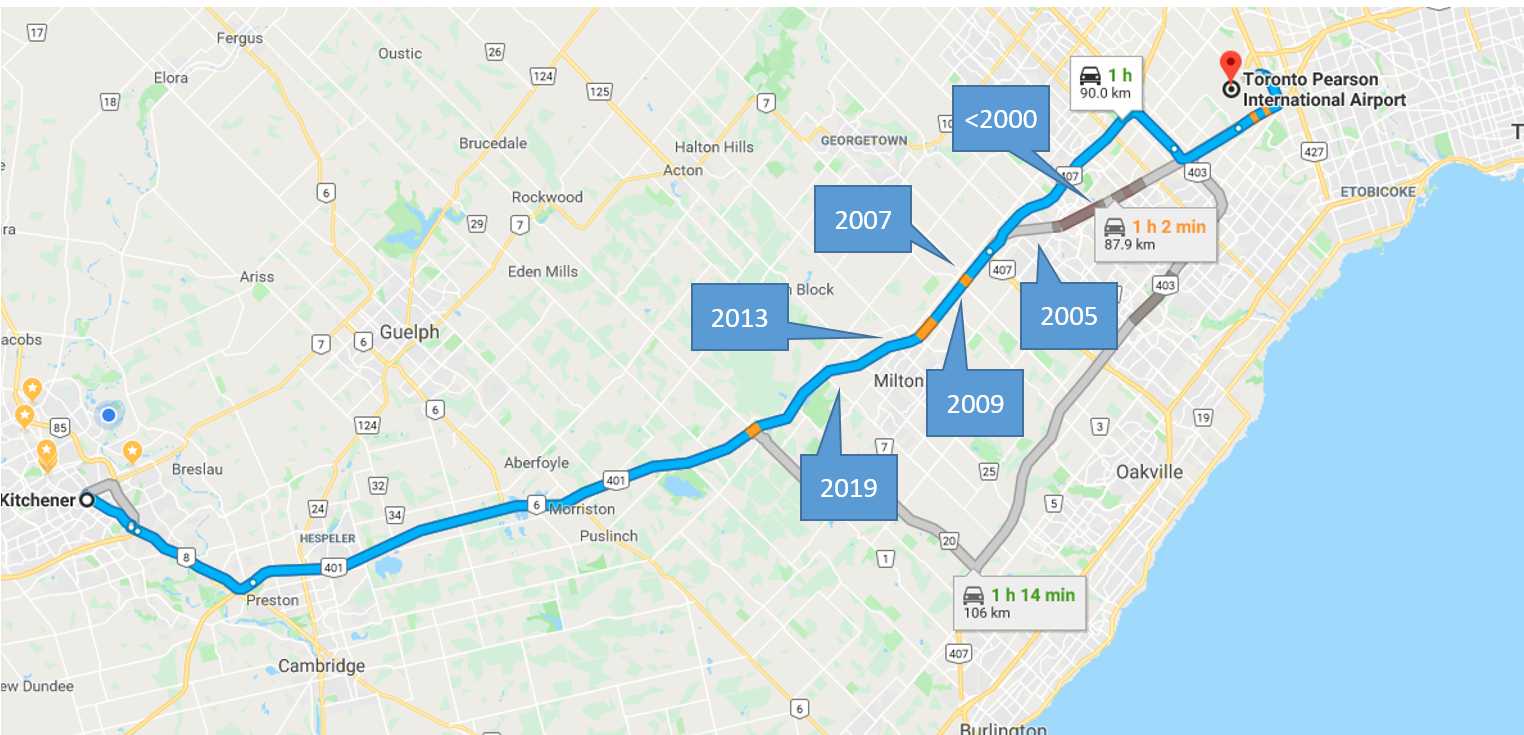Our workplaces today have smartphones, tablets, laptops and oodles of software at our fingertips. So naturally, the traditional (archaic) workplace is changing. Hot-desking is a trend that arose around the 1990s. In offices with hot-desking, workers take whatever desk is available, instead of having one assigned space. The term is said to have derived from the term “hot racking,” a concept referring to the practice of sailors with different shifts sharing the same bunk.
In 2019, especially if you need to traverse the busiest highway in the world. the ‘cubicles’ has become the car, bus or train seat.
2 days ago, we decided to ‘beat the snow’ (20+ centimetres) by leaving Toronto at 11:00 am before it arrived.

In the car we conducted 2 webinars, 4 skype conferences, updated CRM, wrote 4 processes letters, reviewed our demonstration material, and posted our billable work for the month. Whew!

At VOX ISM, our current model of onsite to remote is at a ratio of 30%. Meetings are still important but the physical portion is becoming easier with some of the latest technology from Microsoft.
To reinforce my point I have created this time-lapse graph of the past 20 years of how morning rush out traffic has progressively pushed the bottleneck out of the city.
The arrows indicate where I come to a complete standstill at 8 am in the morning.

The bottle line is the traffic will continue to be a problem in Toronto but it shouldn’t stop in-person meetings (if you travel at the right time of day) and it shouldn’t stop you from being productive as long as you have someone else driving or start to consciously work from home.
